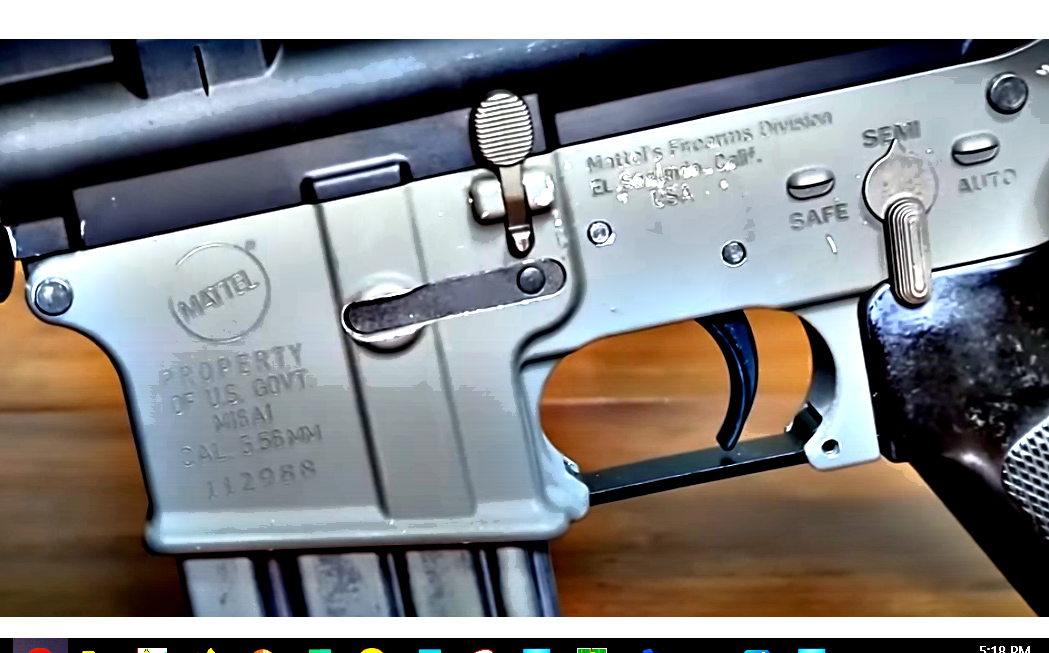I think a lot of your confusion comes from not understanding CQB tactics and how the sectors of work. It very much depends on where the target is standing.
Double tapping was the standard method of engagement with a failure drill conducted if the target had armor. Later, We adjusted our training to a failure drill if the target was still standing and hence the terminology change from a Mozambique to simply a "Failure Drill".
A four man team will put eight bullets into a target in sector 3 just because it is in sector 3.
Sector 1 and 2 with a target standing in the beginning of their sector will only have two bullets from the Operators double tap. That is where the string of fire happens and where I encountered my first enemy combatant.
Double tapping was the standard method of engagement with a failure drill conducted if the target had armor. Later, We adjusted our training to a failure drill if the target was still standing and hence the terminology change from a Mozambique to simply a "Failure Drill".
A four man team will put eight bullets into a target in sector 3 just because it is in sector 3.
Sector 1 and 2 with a target standing in the beginning of their sector will only have two bullets from the Operators double tap. That is where the string of fire happens and where I encountered my first enemy combatant.

